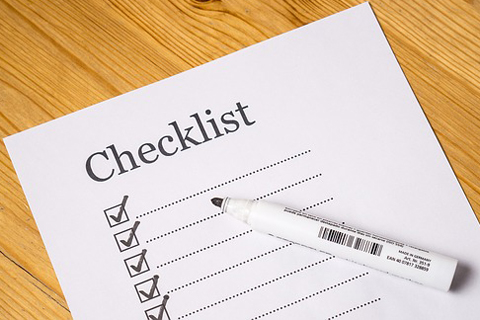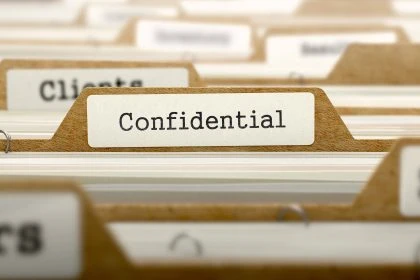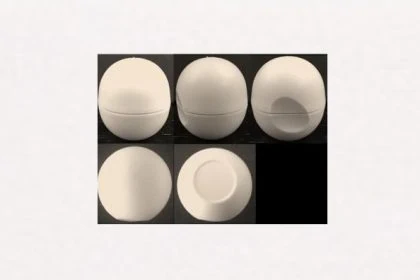The registration of your trademark may not be a major problem. However, obtaining this registration can also be a difficult task when it comes to distinguishing your trademark from older trademarks of your competitors. Because then the relative barriers to protection quickly become a major hurdle.
It is very valuable to know what the examination procedure for trademark applications looks like. In this way, many risks that can jeopardize the success of your project can be minimized in advance.
The trademark: a “semi-approved” property right
 Perhaps you have already collected some information to prepare for the registration of your trademark. But have you also looked into what the DPMA (German Patent and Trademark Office, responsible for German trade marks) are paying attention to when examining your trade mark application?
Perhaps you have already collected some information to prepare for the registration of your trademark. But have you also looked into what the DPMA (German Patent and Trademark Office, responsible for German trade marks) are paying attention to when examining your trade mark application?
As a trademark, distinctive signs for goods and services can be protected. Trademark registration as such is relatively unproblematic: in the case of trademark applications, the Office examines only the so-called absolute grounds for refusal and not whether the trademark can actually be considered as? new? or unique (relative grounds for refusal). As the applicant, you are responsible for this yourself.
What does this mean for the examination of your trademark?
Absolute grounds for refusal of a trademark registration
The obstacles are divided into absolute and relative barriers to protection. The absolute grounds for refusal are examined by the Office and determine whether the trade mark application is successful, i. e. whether the trade mark is actually entered in the official register. This is only possible if it does not meet any of the following criteria:
- the trade mark is not distinctive enough
- The trademark cannot be displayed graphically
- The trademark violates morality or public order
- The trademark is a general term from the use of language (the so-called need to keep it free)
- The trade mark contains information on the general use of the product (e. g. type, quality, quantity, destination, value, time and place of manufacture of a product)
- The trademark contains false information about the product (e. g. type, quality or origin)
- The mark contains a coat of arms, flag, emblem or seal.
- The mark contains an official test or guarantee mark
- The mark is bad faith applied for (it was filed only to block the rights of others)
- Many brands are already failing because of this hurdle. Often their applicants have not been sufficiently informed and secured in order to avoid the absolute grounds for refusal.
Relative barriers to protection: You are responsible for this yourself
Unlike absolute grounds for refusal, the Office does not examine relative grounds for refusal. This means that you cannot stand in the way of trademark registration. But what exactly is it all about? The following three criteria may result in your trademark being deleted from the register, even though it has already been registered, and the official protection being subsequently revoked:
- Your subordinated (younger) mark is identical to an earlier mark. The goods or services for which your trademark has been registered are also identical to those of the earlier trademark. The so-called identity protection for the earlier trademark is derived from this criterion.
- Your (subordinate) trade mark is identical to an earlier trade mark or so similar to it that there is a risk of confusion between the two marks for the public concerned. The identity or similarity must also extend to the goods or services. The earlier trademark thus enjoys protection against confusion.
- The subordinated mark is identical or similar to an earlier mark known and used in the home country, but the goods and services are different. In this case, the earlier trademark enjoys protection of reputation if (and only if)
(a) the later trade mark unfairly exploits the distinctive character of the earlier trade mark without cause,
(b) the younger trade mark unfairly exploits the appreciation of the earlier trade mark without cause,
(c) the use of the later trade mark would lead to a reduction in the distinctive character of the earlier trade mark,
(d) the earlier trade mark would lose its reputation through the use of the later trade mark.
Perhaps you are wondering how important these relative grounds for refusal are when it comes to trade mark applications, if they are not in any case examined by the Office? Don’t underestimate all that can still come after the registration of your trademark.
Opposition period
The opposition period is three months and begins after the publication of your trademark registration. The proprietors of earlier trademarks may object to the registration of your trademark during this period, which may result in the cancellation of the registration.
But even if these three months are over, your brand is still not safe. In this case, you may be threatened with legal action for cancellation, which in principle can be initiated by anyone who believes that the registration of your trademark is not legal because of an absolute or relative obstacle to protection.
Sources:
TeroVesalainen /pixabay.com / CCO License || FelixMittermeier /pixabay.com / CCO License






